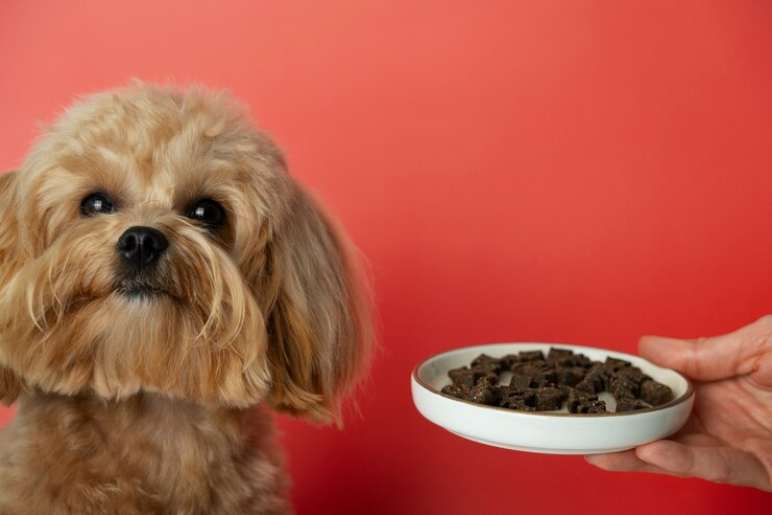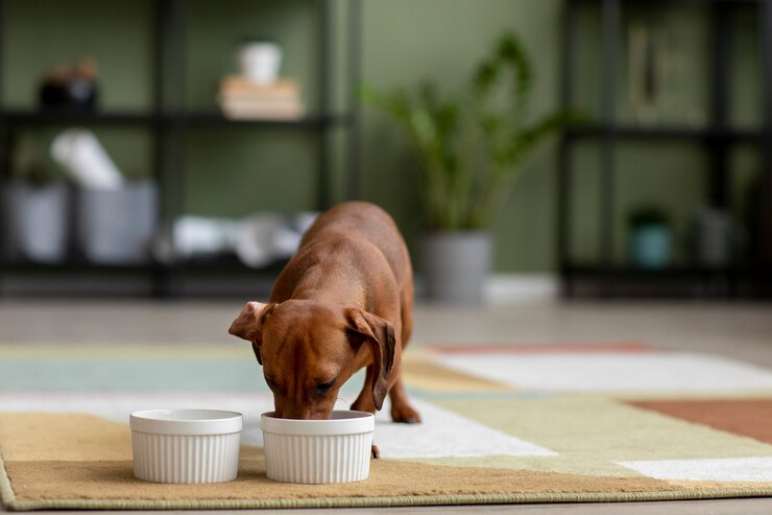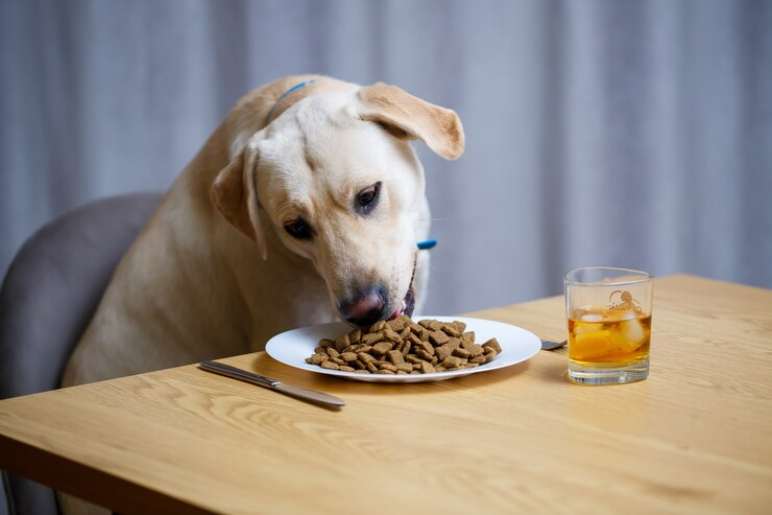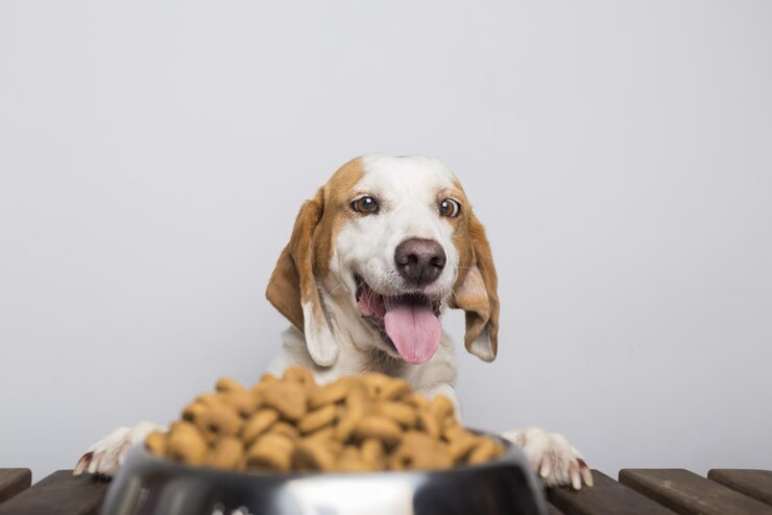As pet parents, we all want the very best for our furry companions. Feeding your dog a balanced, nutritious diet is key to their overall health and well-being. With the growing popularity of raw feeding, many dog owners are turning to a raw diet as an alternative to commercial pet food. However, knowing how much raw food your dog needs can be challenging. This is where a raw food calculator for dogs comes in handy. Let’s dive into what a raw food calculator is, how it works, and why it’s essential for your dog’s diet planning.
What Is a Raw Food Calculator for Dogs?

A raw food calculator is a handy tool that helps dog owners determine the appropriate amount of raw food to feed their pets. Since every dog is unique, their dietary requirements vary based on factors such as age, weight, activity level, and breed. A raw food calculator takes these factors into account to provide a tailored feeding recommendation.
For instance, puppies have different dietary needs compared to adult or senior dogs. A puppy raw food calculator is specifically designed to cater to the nutritional requirements of growing dogs, ensuring they receive the right balance of proteins, fats, vitamins, and minerals.
Why Is Using a Raw Food Calculator Important?

Switching your dog to a raw diet involves more than simply replacing kibble with raw meat. It requires careful planning to ensure that your dog receives all the nutrients they need for a healthy and happy life. Here’s why a raw food calculator is essential:
1. Prevents Overfeeding or Underfeeding
Feeding your dog too much can lead to obesity, while underfeeding can result in malnutrition. A raw food calculator eliminates guesswork by providing precise feeding recommendations based on your dog’s unique characteristics.
2. Ensures Nutritional Balance
A well-balanced raw diet typically includes muscle meat, organs, bones, and a small portion of fruits and vegetables. The calculator helps you determine the correct proportions of these components, so your dog’s diet meets their nutritional needs.
3. Saves Time and Effort
Manually calculating the amount of raw food your dog needs can be time-consuming and complicated. A raw food calculator simplifies this process, allowing you to focus on preparing delicious and nutritious meals for your pet.
How Does a Raw Food Calculator Work?

Using a raw food calculator is straightforward. You’ll need to input specific details about your dog, including:
- Weight: Your dog’s current weight is a critical factor in determining their daily food intake. Most calculators provide recommendations as a percentage of your dog’s body weight.
- Age: Puppies, adults, and senior dogs have different caloric and nutritional needs. For example, puppies require more calories to support their rapid growth, which is why a puppy raw food calculator is essential for young dogs.
- Activity Level: Highly active dogs burn more calories and require more food compared to less active or sedentary dogs.
- Health Status: Certain health conditions, such as obesity or pregnancy, can impact your dog’s dietary requirements.
Once you’ve entered this information, the calculator will provide a daily feeding recommendation, typically expressed in grams or ounces.
Tips for Using a Raw Food Calculator

To get the most accurate results from a raw food calculator, follow these tips:
- Weigh Your Dog Regularly: Your dog’s weight can fluctuate over time, so it’s important to update their weight in the calculator periodically.
- Monitor Your Dog’s Body Condition: Use the feeding recommendations as a starting point and adjust as needed based on your dog’s body condition and activity level.
- Consult a Professional: If you’re unsure about the results or need help creating a balanced raw diet, consider consulting a veterinarian or a certified pet nutritionist like Daniel Garrigan.
Common Myths About Raw Feeding

As raw feeding gains popularity, several myths and misconceptions have emerged. Let’s debunk a few of them:
Myth 1: Raw Feeding Is Only for Active Dogs
While active dogs benefit from the high protein content of a raw diet, it’s equally suitable for less active dogs when fed in the correct proportions.
Myth 2: Raw Feeding Is Expensive
Although raw feeding can be more costly than commercial kibble, careful meal planning and bulk buying can make it affordable. Additionally, the long-term health benefits can save you money on veterinary bills.
Myth 3: Raw Diets Are Unbalanced
With the help of a raw food calculator and proper research, you can create a balanced and nutritious raw diet tailored to your dog’s needs.
Raw Feeding for Puppies
Feeding a puppy a raw diet requires extra care to support their growth and development. A puppy raw food calculator can help you determine the right amount of food based on their age, weight, and expected adult size. Puppies typically need more frequent meals compared to adult dogs, with most requiring 3-4 meals a day until they reach six months of age.
When using a puppy raw food calculator, remember to:
- Include Bone Content: Growing puppies need adequate calcium and phosphorus for strong bones and teeth. Ensure their diet includes the appropriate amount of raw meaty bones.
- Monitor Growth: Regularly weigh your puppy and adjust their food intake to avoid overfeeding or underfeeding.
Creating a Balanced Raw Diet
A balanced raw diet typically consists of the following components:
- Muscle Meat: This forms the bulk of the diet and provides essential protein and fat.
- Organ Meat: Organs like liver and kidneys are rich in vitamins and minerals.
- Bones: Raw, meaty bones provide calcium and phosphorus.
- Vegetables and Fruits: While not mandatory, small amounts of dog-safe fruits and vegetables can add variety and additional nutrients to the diet.
- Supplements: In some cases, supplements like fish oil or probiotics may be necessary to meet your dog’s nutritional needs.
Tracking Your Dog’s Progress
Switching to a raw diet is a journey, and it’s important to track your dog’s progress along the way. Keep an eye on their:
- Weight and Body Condition: Ensure they maintain a healthy weight and adjust food portions as needed.
- Energy Levels: A well-fed dog should have plenty of energy and enthusiasm.
- Coat Condition: A shiny, healthy coat is often a sign of a balanced diet.
Conclusion
Feeding your dog a raw diet can be a rewarding experience, but it requires careful planning and attention to detail. A raw food calculator for dogs is an invaluable tool that takes the guesswork out of feeding, ensuring your dog receives the right amount of food to thrive. Whether you’re feeding an adult dog or using a puppy raw food calculator for your growing pup, the key is to stay informed and adaptable.
For expert advice and guidance on raw feeding, consider reaching out to professionals like Daniel Garrigan, who specialize in canine nutrition. With the right tools and knowledge, you can provide your dog with a diet that supports their health, happiness, and longevity.
Have A Look :-
